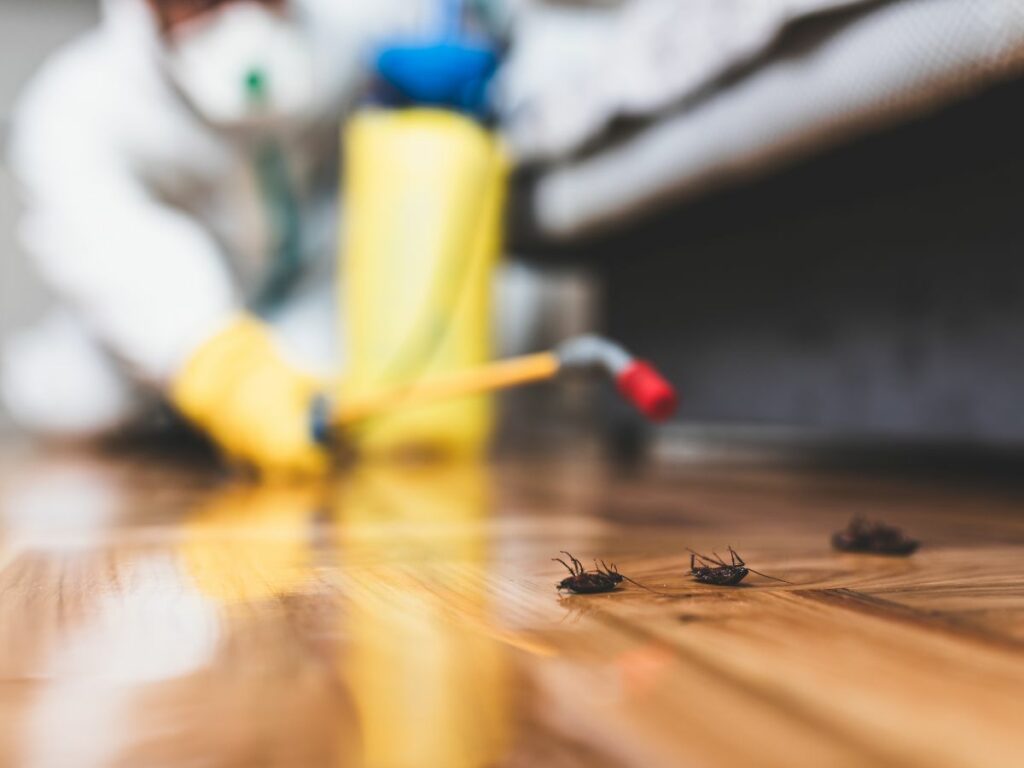
Contents
[et_pb_section bb_built=”1″ fullwidth=”on” _builder_version=”3.22″ background_color=”rgba(255,255,255,0)” bottom_divider_style=”asymmetric4″ global_module=”3726″ next_background_color=”#ffffff”][et_pb_fullwidth_post_title global_parent=”3726″ meta=”off” featured_image=”off” text_color=”light” _builder_version=”3.19.4″ title_font=”|700|||||||” title_font_size=”42px” background_color=”#d11241″ text_orientation=”center” custom_padding=”50px||50px|” /][/et_pb_section][et_pb_section bb_built=”1″ prev_background_color=”rgba(255,255,255,0)”][et_pb_row][et_pb_column type=”4_4″][et_pb_text _builder_version=”4.14.4″ text_text_shadow_horizontal_length=”text_text_shadow_style,%91object Object%93″ text_text_shadow_horizontal_length_tablet=”0px” text_text_shadow_vertical_length=”text_text_shadow_style,%91object Object%93″ text_text_shadow_vertical_length_tablet=”0px” text_text_shadow_blur_strength=”text_text_shadow_style,%91object Object%93″ text_text_shadow_blur_strength_tablet=”1px” link_text_shadow_horizontal_length=”link_text_shadow_style,%91object Object%93″ link_text_shadow_horizontal_length_tablet=”0px” link_text_shadow_vertical_length=”link_text_shadow_style,%91object Object%93″ link_text_shadow_vertical_length_tablet=”0px” link_text_shadow_blur_strength=”link_text_shadow_style,%91object Object%93″ link_text_shadow_blur_strength_tablet=”1px” ul_text_shadow_horizontal_length=”ul_text_shadow_style,%91object Object%93″ ul_text_shadow_horizontal_length_tablet=”0px” ul_text_shadow_vertical_length=”ul_text_shadow_style,%91object Object%93″ ul_text_shadow_vertical_length_tablet=”0px” ul_text_shadow_blur_strength=”ul_text_shadow_style,%91object Object%93″ ul_text_shadow_blur_strength_tablet=”1px” ol_text_shadow_horizontal_length=”ol_text_shadow_style,%91object Object%93″ ol_text_shadow_horizontal_length_tablet=”0px” ol_text_shadow_vertical_length=”ol_text_shadow_style,%91object Object%93″ ol_text_shadow_vertical_length_tablet=”0px” ol_text_shadow_blur_strength=”ol_text_shadow_style,%91object Object%93″ ol_text_shadow_blur_strength_tablet=”1px” quote_text_shadow_horizontal_length=”quote_text_shadow_style,%91object Object%93″ quote_text_shadow_horizontal_length_tablet=”0px” quote_text_shadow_vertical_length=”quote_text_shadow_style,%91object Object%93″ quote_text_shadow_vertical_length_tablet=”0px” quote_text_shadow_blur_strength=”quote_text_shadow_style,%91object Object%93″ quote_text_shadow_blur_strength_tablet=”1px” header_text_shadow_horizontal_length=”header_text_shadow_style,%91object Object%93″ header_text_shadow_horizontal_length_tablet=”0px” header_text_shadow_vertical_length=”header_text_shadow_style,%91object Object%93″ header_text_shadow_vertical_length_tablet=”0px” header_text_shadow_blur_strength=”header_text_shadow_style,%91object Object%93″ header_text_shadow_blur_strength_tablet=”1px” header_2_text_shadow_horizontal_length=”header_2_text_shadow_style,%91object Object%93″ header_2_text_shadow_horizontal_length_tablet=”0px” header_2_text_shadow_vertical_length=”header_2_text_shadow_style,%91object Object%93″ header_2_text_shadow_vertical_length_tablet=”0px” header_2_text_shadow_blur_strength=”header_2_text_shadow_style,%91object Object%93″ header_2_text_shadow_blur_strength_tablet=”1px” header_3_text_shadow_horizontal_length=”header_3_text_shadow_style,%91object Object%93″ header_3_text_shadow_horizontal_length_tablet=”0px” header_3_text_shadow_vertical_length=”header_3_text_shadow_style,%91object Object%93″ header_3_text_shadow_vertical_length_tablet=”0px” header_3_text_shadow_blur_strength=”header_3_text_shadow_style,%91object Object%93″ header_3_text_shadow_blur_strength_tablet=”1px” header_4_text_shadow_horizontal_length=”header_4_text_shadow_style,%91object Object%93″ header_4_text_shadow_horizontal_length_tablet=”0px” header_4_text_shadow_vertical_length=”header_4_text_shadow_style,%91object Object%93″ header_4_text_shadow_vertical_length_tablet=”0px” header_4_text_shadow_blur_strength=”header_4_text_shadow_style,%91object Object%93″ header_4_text_shadow_blur_strength_tablet=”1px” header_5_text_shadow_horizontal_length=”header_5_text_shadow_style,%91object Object%93″ header_5_text_shadow_horizontal_length_tablet=”0px” header_5_text_shadow_vertical_length=”header_5_text_shadow_style,%91object Object%93″ header_5_text_shadow_vertical_length_tablet=”0px” header_5_text_shadow_blur_strength=”header_5_text_shadow_style,%91object Object%93″ header_5_text_shadow_blur_strength_tablet=”1px” header_6_text_shadow_horizontal_length=”header_6_text_shadow_style,%91object Object%93″ header_6_text_shadow_horizontal_length_tablet=”0px” header_6_text_shadow_vertical_length=”header_6_text_shadow_style,%91object Object%93″ header_6_text_shadow_vertical_length_tablet=”0px” header_6_text_shadow_blur_strength=”header_6_text_shadow_style,%91object Object%93″ header_6_text_shadow_blur_strength_tablet=”1px” box_shadow_horizontal_tablet=”0px” box_shadow_vertical_tablet=”0px” box_shadow_blur_tablet=”40px” box_shadow_spread_tablet=”0px” vertical_offset_tablet=”0″ horizontal_offset_tablet=”0″ z_index_tablet=”0″]
As the temperature drops, you may notice that there are fewer insects around. So where do they all go? Different insects have different strategies for surviving the winter. This article gives you reason why insects go absent from your homes and surrounding areas as temperature dips.
Move to a Warmer Location
Winter can be a tough time for insects. Freezing temperatures, snow, and ice can make it hard for them to find food and shelter. Many insects spend the winter in a state of dormancy, hunkering down in their homes and waiting for spring to arrive. However, some insects take a more active approach to surviving the winter months. One way they do this is by migrating to warmer locations. This can involve flying to a different region or simply moving to a lower elevation. By moving to a warmer climate, insects can avoid the worst effects of the winter weather and continue to thrive.
Lay Eggs
Have you ever wondered where insects go in the winter? Sure, you may see the odd ladybug crawling around, but mostly, it seems like they just disappear. There are a few different places insects go to weather the cold months. When it gets cold outside, and food becomes scarce, insects have to think about where they will spend the winter. Insects that lay eggs generally do so in the fall, before winter sets in. The eggs are then left to hatch in the spring when the conditions are more favorable. This strategy helps to ensure that the young insects survive and thrive.
Diapause
Diapause is a state of arrested development that allows insects to survive cold winter temperatures. During diapause, an insect’s metabolism slows down, and it stops growing. Insects can enter diapause at any life stage, from egg to adult. For example, the larvae of many moths spend the winter in diapause before emerging as adults in the spring. While diapause is a useful adaptation, it comes with some risks.
If the temperature drops too low, an insect in diapause may not survive. If an insect emerges from diapause prematurely, it may not find food or mates, which can also lead to death. Diapause is an important survival strategy for many insects and helps to ensure that they will be around to enjoy the warmer weather when spring finally arrives.
Hibernation
Most people are familiar with the concept of hibernation, but did you know that some insects also go into a state of dormancy during the winter? While different species have different methods of coping with the cold weather, many insects will simply burrow underground or find a cozy spot to ride out the winter months. Sometimes, the insect will enter a true state of hibernation, lowering its heart rate and body temperature until spring arrives. Other times, the insect will simply become less active, conserving its energy until the weather warms up again.
Either way, it’s fascinating to think about how insects adapt to survive the winter. Now that you know where insects and bugs go in winter, you might be wondering if they’ll return when the temperature warms up. The good news is that most insects and bugs will only return if the temperature is within their normal range. However, it’s always a good idea to have pest control in your home, just in case. Van Den Berge Pest Control is a great option if you’re looking for a pest control company in West Michigan. They’ve been voted the Best of West Michigan Pest Control companies for eight consecutive years. You can reach them at 616-392-7367.
[/et_pb_text][/et_pb_column][/et_pb_row][/et_pb_section]
Recent Posts
Comparing Termite Treatment Costs: A How-To Guide
When you’re faced with a termite infestation, understanding treatment costs is vital for effective management.
Understanding Exterminator Costs for Mosquito Control
Imagine you own a large backyard and decide to hire a mosquito exterminator. You might
What Are Average Exterminator Costs for Mosquito Control?
When it comes to mosquito control, understanding average exterminator costs is essential for effective management.
